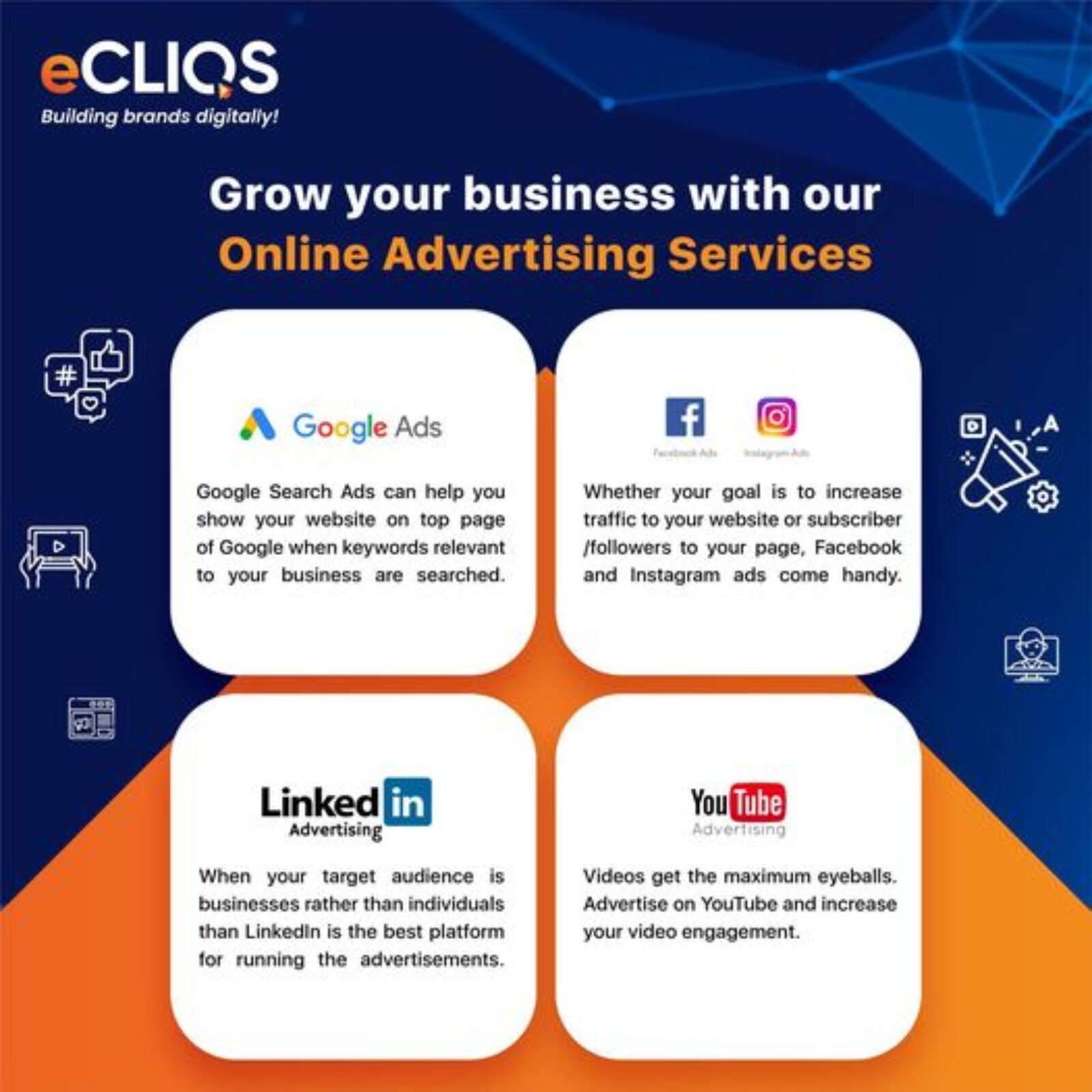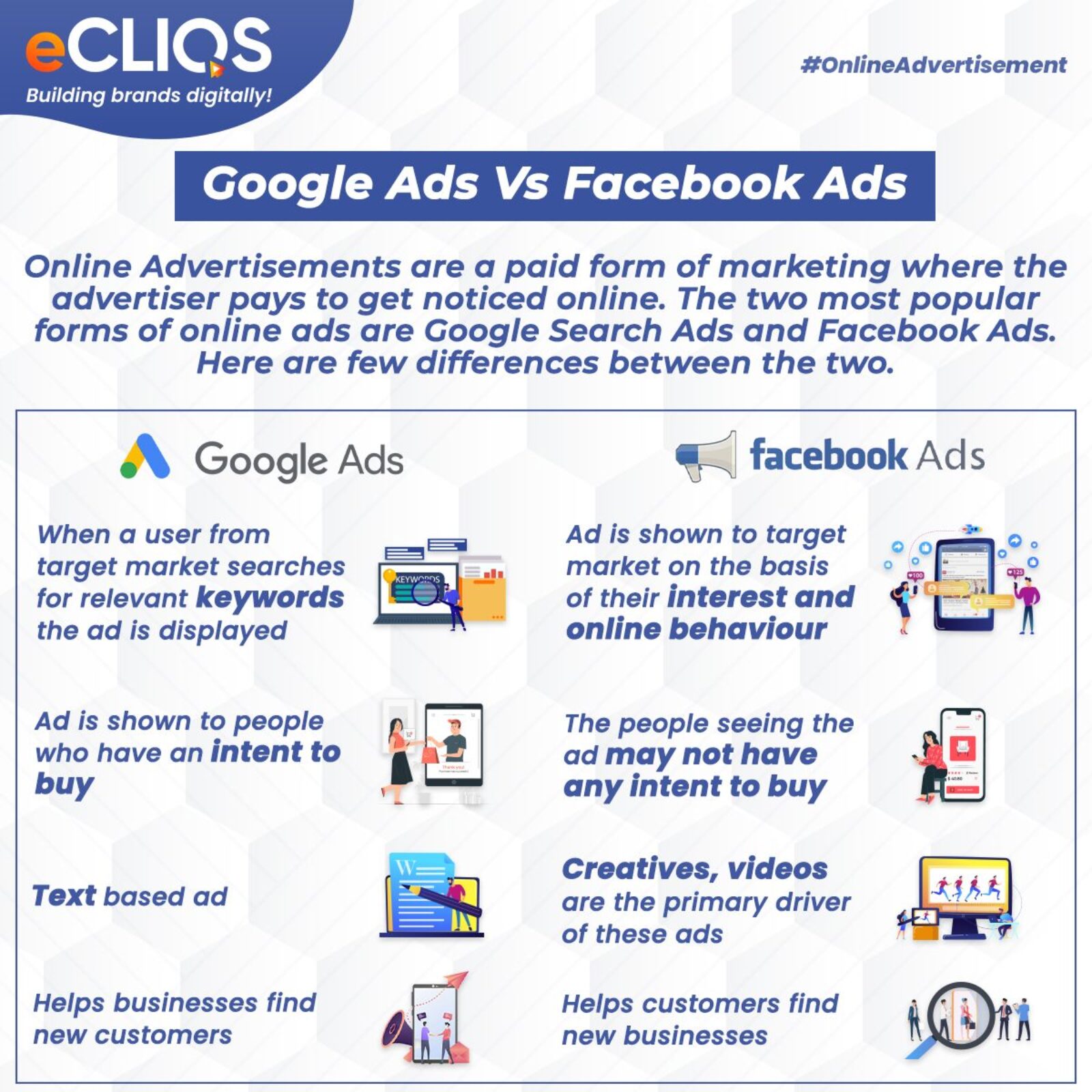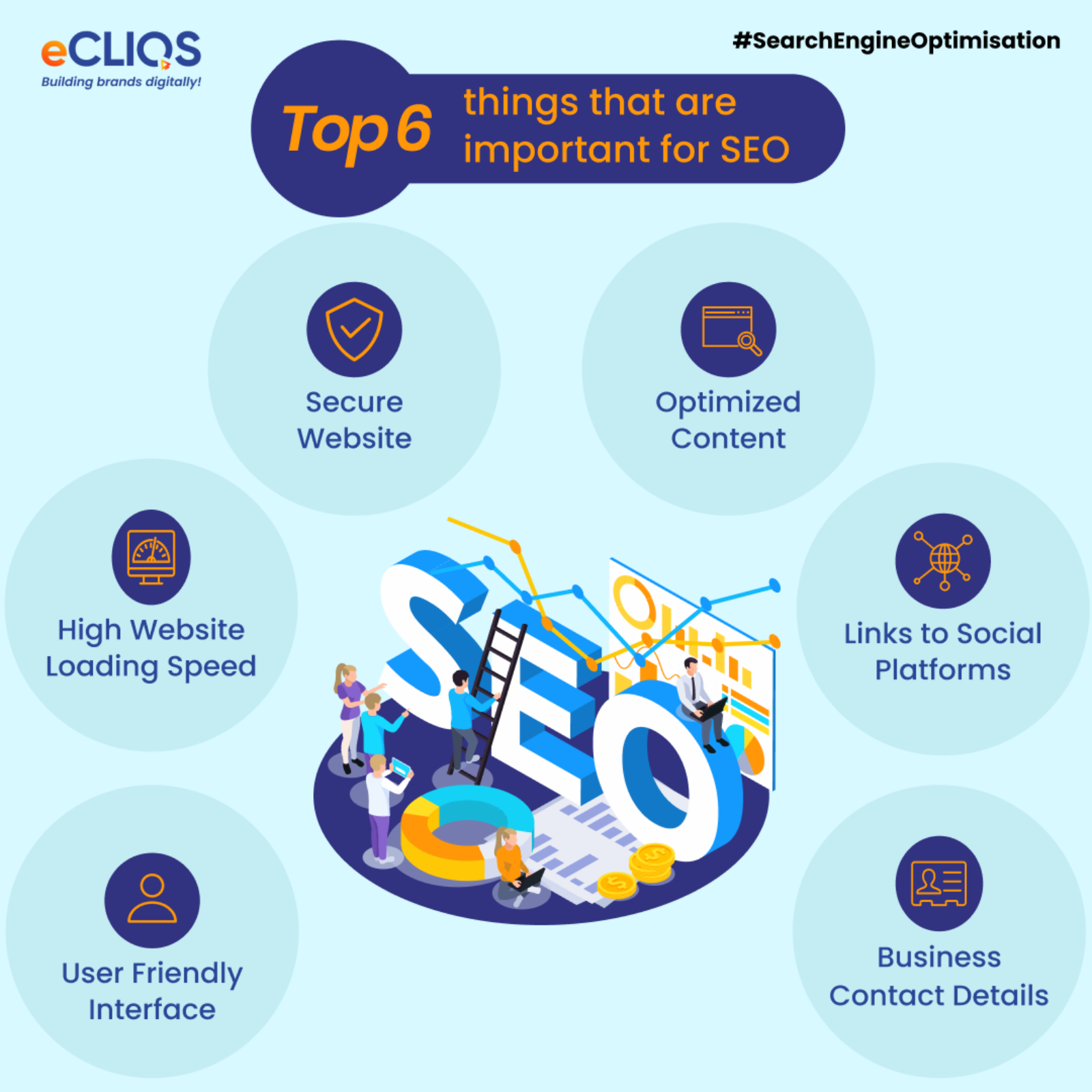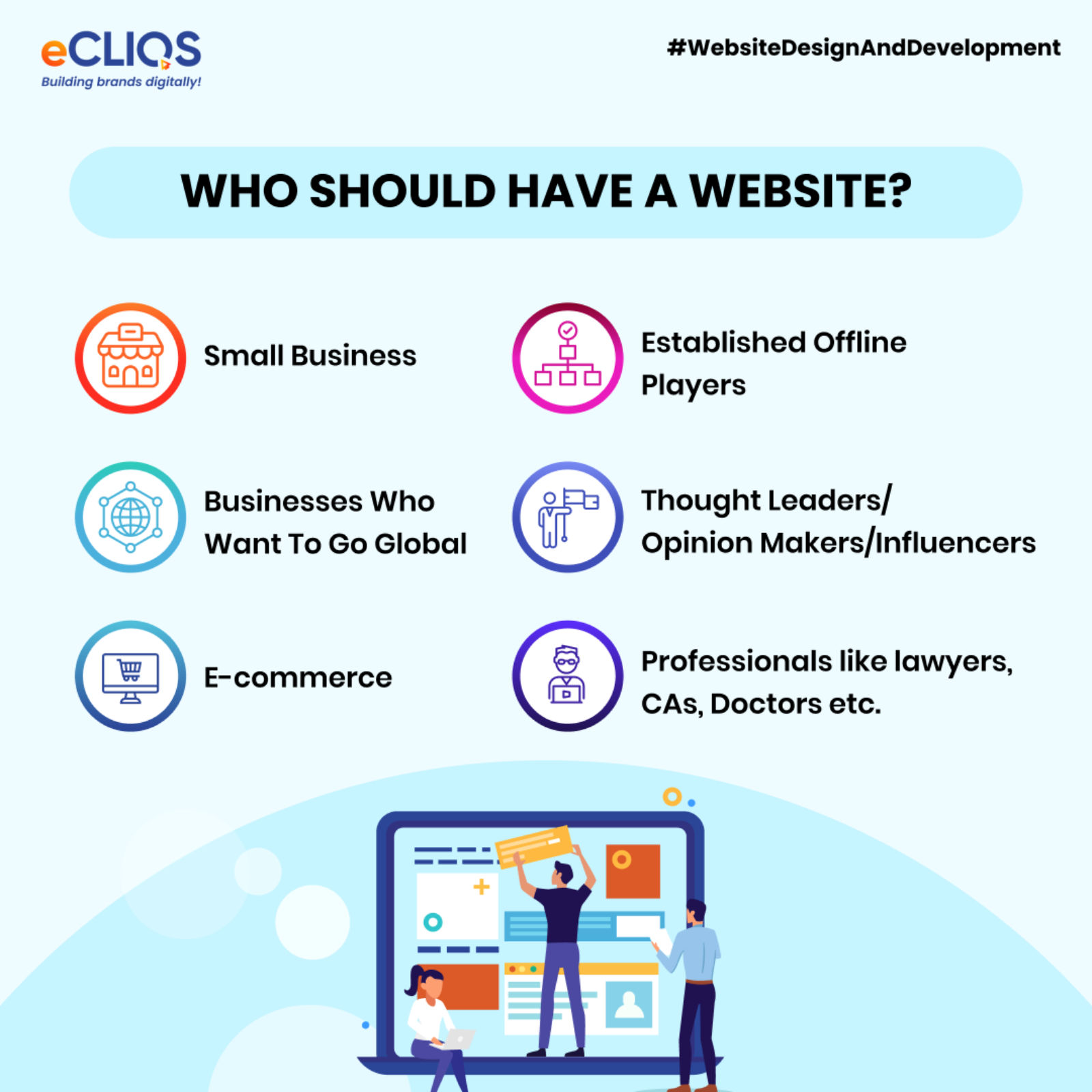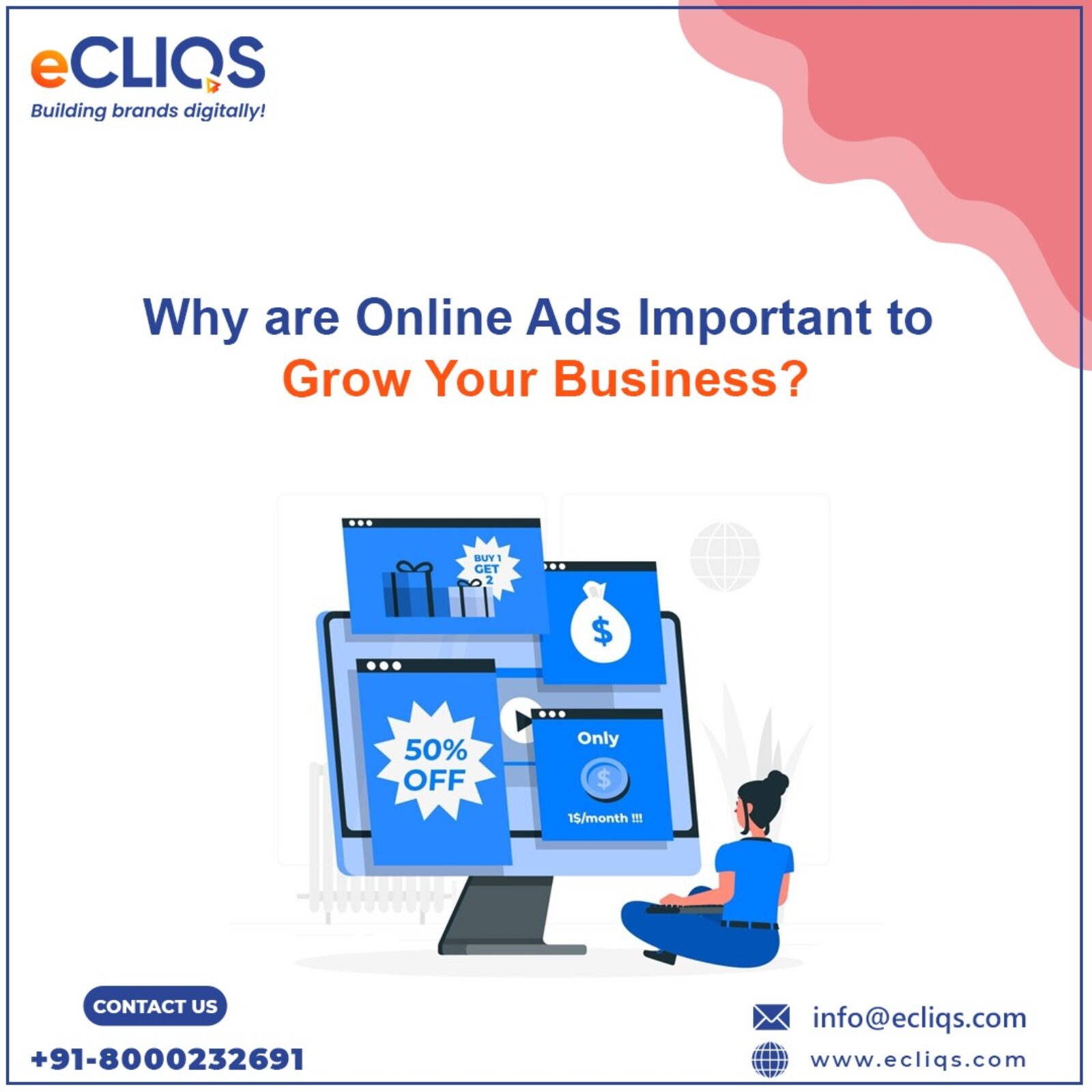Everything You Need to Know About Online Advertising
Online advertising, internet advertising, digital advertising- regardless of how you refer it as,has completely changed how businesses market themselves. Online advertising involves the use of online platforms in order to reach its audience and market the...
Google Ads vs. Facebook Ads: What’s the difference?
Online Advertisements are a paid form of marketing where the advertiser pays to get noticed online. The two most popular forms of online ads are Google Ads (formerly known as AdWords) and Facebook Ads. These two are the giants of PPC advertising. Both are notable drivers for...
Top 6 things important for SEO
People make more than 3 million searches on Google in a second, not to say about other search engines on any given day. More than 65% of searches are done on Google. Being on the front page of Google is important to land to your website/webpage. SEO is what makes it possible....
Who should have a website and why?
While the world walks the digital pathway, it has never been more important to have a digital address for your business. What comes out as a surprise is that 46% of small businesses don’t have a website yet, 12% are unlikely to create it, and 10% are unsure. The Internet has...
Instagram Post vs Instagram Stories: How To Make Use Of Both
Instagram is undoubtedly one of the most used social media platforms. The social media giant has made it to one of the world’s most popular social media apps. The application is expected to cross over 2 billion active users by 2023. Instagram Marketing has also been...
Why are Online Ads Important to Grow Your Business?
The Internet has completely revolutionized how one does business. There is no iota of doubt that Online Advertising has now emerged as one of the most significant types of advertising; courtesy, it’s easy draws great traffic and provides easy monitoring and analyses....

